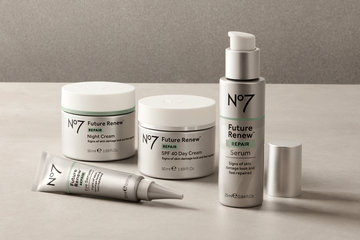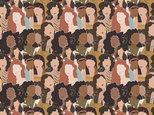
Pioneered by the French physician Dr. Michel Pistor in 1952, mesotherapy, a minimally invasive procedure, is widely used to treat various conditions like eliminating cellulite and localised fat deposits, promoting weight loss, renewal of skin cells and fighting hair loss. The surgery-free cosmetic treatment is based on the use of microinjections of conventional or homeopathic medicines, vitamins, minerals and amino acids. The content mixture of these injections varies according to each unique case and the specific area to be treated. The tiny "medicinal bullets" are then delivered directly into the mesoderm (middle layer of skin).
Here are four different ways to benefit from mesotherapy:
Cellulite: Mesotherapy can banish cellulite on areas like the legs and buttocks, breaking down the orange-peel appearance of skin and producing a smooth contour. Different types of cellulite require different injection techniques.
Anti-ageing and rejuvenation: The vitamins, minerals and amino acids directed into the skin nourish and revitalise and promote the production of collagen and elastin, resulting in rested, radiant, glowing and firmer skin. Mesotherapy is also a highly effective rejuvenating treatment. The procedure can be used to tone and tighten sagging skin on the neck, legs, abdomen, arms and hands.
Weight loss: A selected formula consisting of several medications blocks the alpha-receptors that produce lipogenesis (fat production) and stimulate the beta-receptors, which break down fat. Once injected into the skin, the formula slowly diffuses into the fat and breaks it down.
Hair Loss: Mesotherapy brings just the right materials to increase hair follicle size to stop hair loss and stimulate hair growth. What’s more, it can improve blood circulation, reduce inflammation, neutralise excess DHT and stimulate collagen.




























